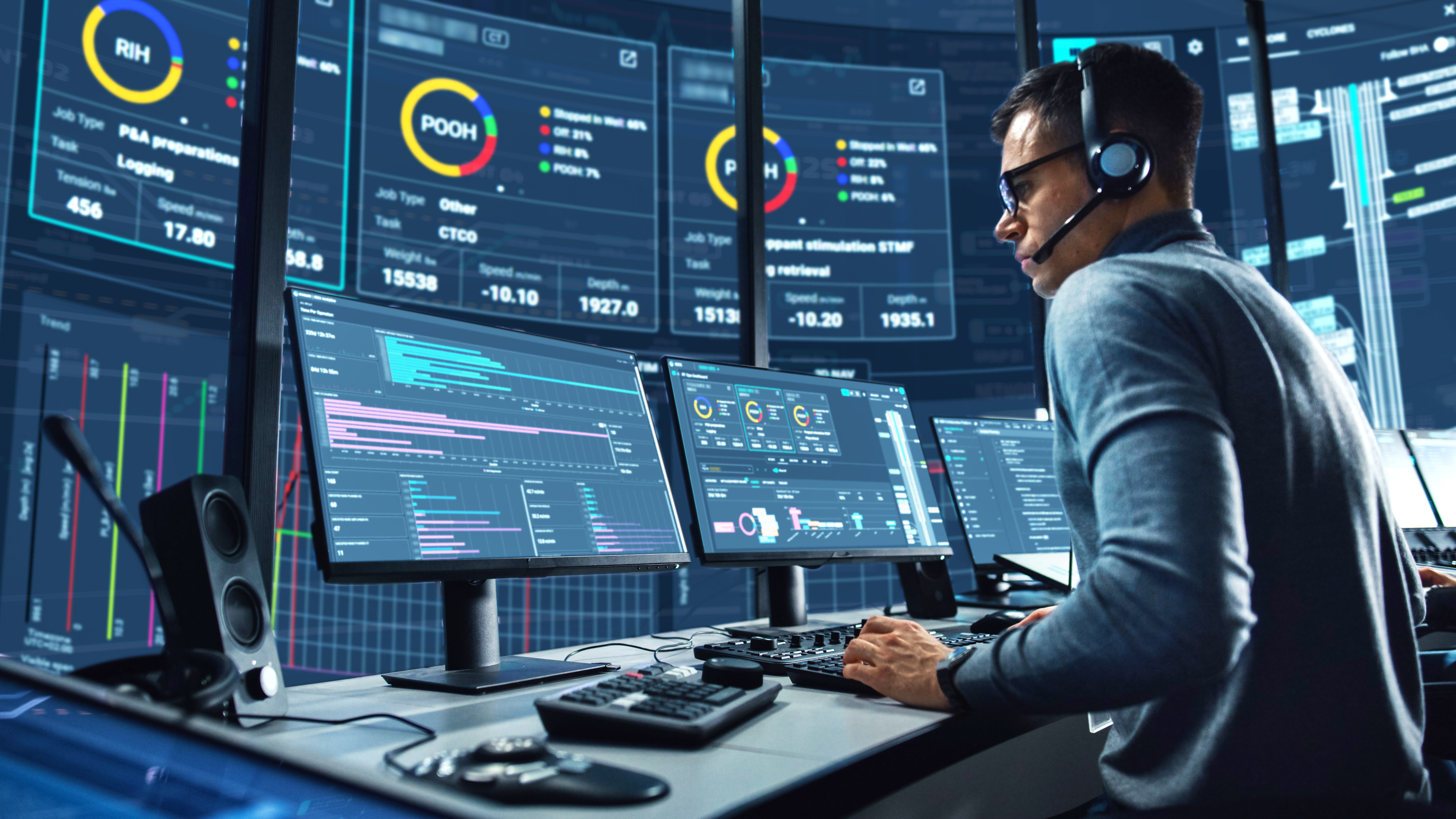Levels of Automation in Coiled Tubing & Wireline Operations
Full autonomy is considered the “holy grail” for most industries, including well construction and intervention operations offshore. Coiled tubing and...
2 min read
Erik Zachariasen Jan 10, 2023 8:30:00 AM

The lifetime of a well is dependent on where you are in the world – from up to 50 years in Saudi Arabia to 10 years in the North Sea. To secure the expected lifetime and meeting the wells objectives, interventions for maintenance and repair are crucial.
Wireline and Coiled Tubing units are used for such operations. In this blog article you can read about the history of wireline and coiled tubing operations, how the units can be electrified, automated and digitalized, and also the positive consequences of doing so.
Well interventions for maintenance and repair are typically performed using wireline or coil tubing units. These systems allow operators to clear the well of sand or other substances that might form blockages, thus reducing the production, or even worse, stopping production completely. The systems are also used to adjust valves or plugs. Let’s have a closer look at the two different systems.
Wireline cabling systems are used to lower gauges, plugs and valves into boreholes, and differ from coiled tubing in that they cannot be used for pumping. The wire has a range of approximately 1000 meters and is more delicate than the coil, thus having a greater risk of breaking during operation.
Coiled tubing systems are typically used for circulation or de-liquification and have a range of up to, or even exceeding 8000 meters these days. Coiled tubing pumping can also be used to clear the well of unwanted substances, to disperse fluids to a specific location in the well to perform chemical washes of downhole components, or for cementing perforations.
Traditionally, both systems have been powered by diesel engines and hydraulic systems and operated manually with separate components. Every switch and valve have been handled manually and with bare hands.
Read more: How to automatically track and report all activities and NPT events for wireline jobs
With electric motors operating the wireline you’ll have a much greater accuracy, better response, better acceleration and more controlled deceleration. If the tension breaks when pulling out of a borehole, you’ll be able to quickly stop to avoid wire breakage.
With automation you can easily make advanced algorithms to ensure that the operation remains within standard operating parameters. Think horse and carriage versus Tesla.
With automation and electrification alone we create what we call “one-way digitalization”.
The information has to be gathered, analyzed and presented to the operator for further action. However, the action is still manual and we know that people still make mistakes.
Implementing digitalization with a software solution added to the electrification and automation lays the foundation for a different operational structure and work methodology. You’ll have a technological platform for change.
Job modelling, remote oversight and support, combined downhole and surface data, monitoring and control based on real time decision support from skilled people in the organization, integration of intelligent prediction software, and pre-assessment of runs are some of the benefits that software can add to your wireline and coiled tubing operations.
Read more: End-to-end software solutions for drilling and wells - buy vs build
Digitalizing wireline and coil tubing operation have several positive effects, consequently leading to reduced operational cost. Let’s have a look:
In addition, electrification will greatly reduce emissions during operations which is a huge benefit itself considering todays focus on a green environment.
Electrification and automation of your wireline and coiled tubing operations, in combination with digitalization, lays the foundation for a different operational structure and work methodology.
Reduced staffing, safer maintenance operations, less chance of damage to the well and reduced emission are all positive consequences of this upgrade.

Full autonomy is considered the “holy grail” for most industries, including well construction and intervention operations offshore. Coiled tubing and...

Wondering how to optimize your approach to the huge amount of data and actors in drilling and well operations? Finding too many options and services...

Much of the work in Planning, Executing, Reporting and Analyzing Drilling and Well operations involve manual tasks which cause typical problems such...